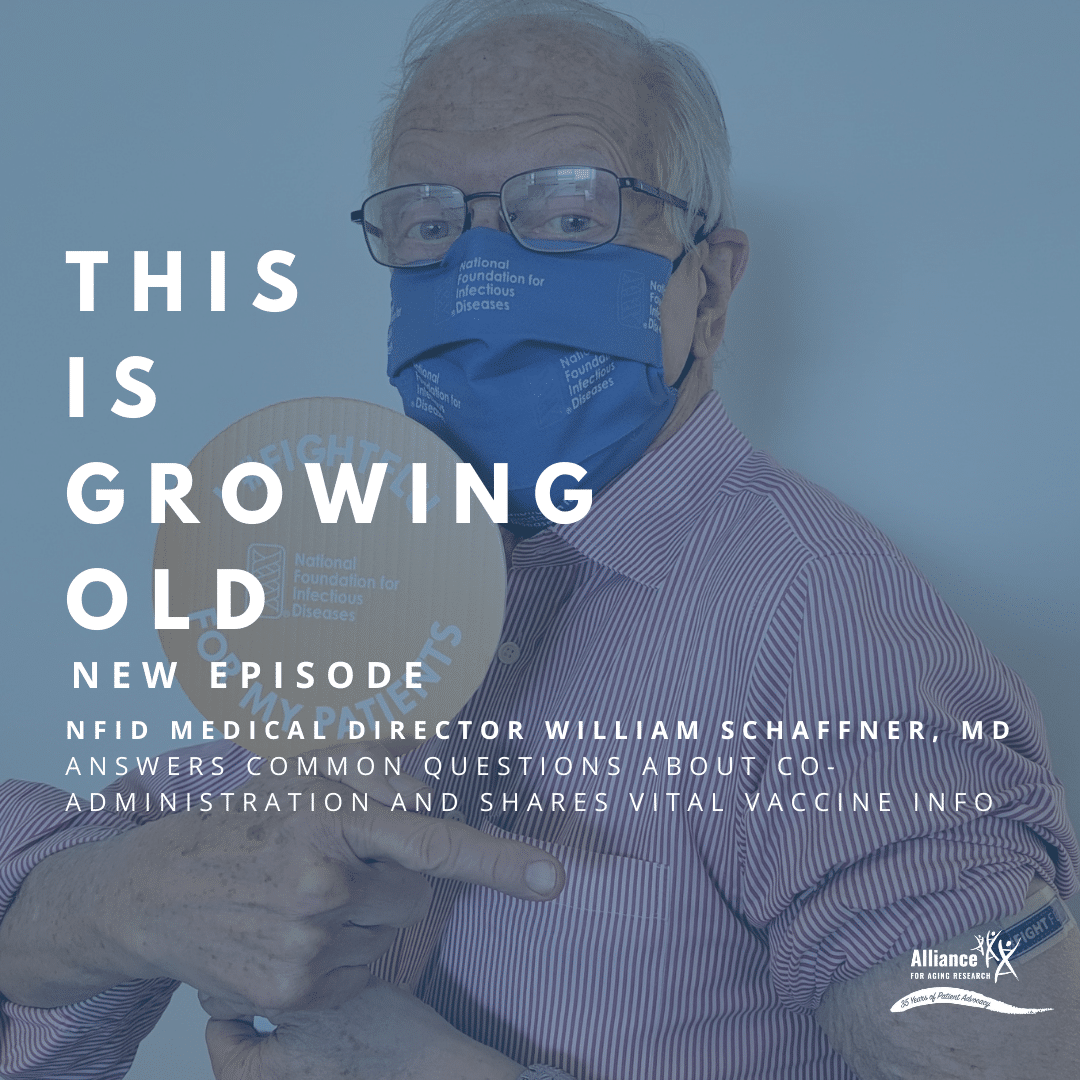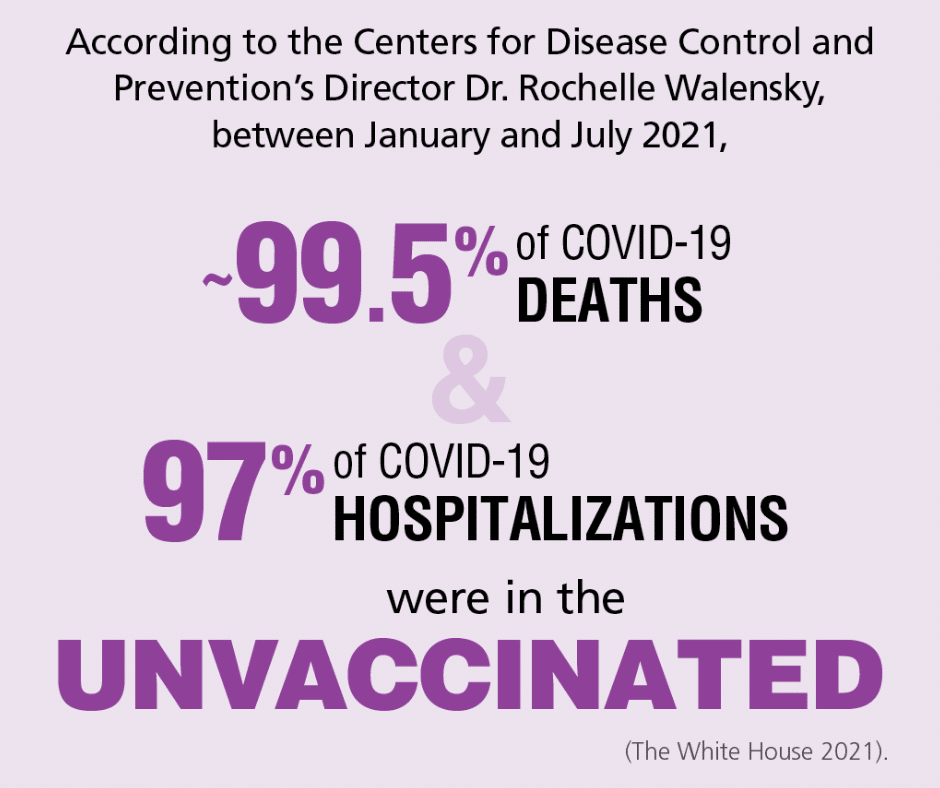
This is a time of opportunity for Medicare beneficiaries as the Medicare Annual Enrollment Period, generally known as Medicare Open Enrollment, begins. During the roughly seven-week period from October 15th to December 7th (2021-specific dates), individuals can enroll in Medicare health and drug plans. Importantly, they can also make changes to their existing coverage. Unfortunately, fewer than half of the fifty-five million individuals who are insured through Medicare review their coverage during Open Enrollment, and fewer than ten percent take the opportunity to revise their coverage.
Medicare plans and what they cover change from year to year, and beneficiaries may have new diagnoses and medical needs. It’s important to do a “Medicare coverage check-up” once a year to make sure your plans are still working for you. If you are a family member or close friend of someone covered by Medicare, consider offering to be a “Medicare buddy” to help them get started with the review process.
There are many plans to choose from, which can make the options seem staggering. Medicare offers a veritable alphabet soup of plans, but you can start by easily grouping them into two main choices – the traditional Medicare fee-for-service program (Original Medicare), or Medicare Advantage.
- Original Medicare includes Medicare Part A (hospital insurance) and Part B (medical insurance) benefits. A beneficiary may elect to also enroll in a Medicare Part D (drug coverage) plan to help cover prescription drug costs, as well as a Supplemental Coverage (Medigap) plan to help with out-of-pocket costs.
- Medicare Advantage plans (Part C), are Medicare-approved plans offered by private companies. These plans offer a combined package of benefits similar to traditional Medicare, but that often bundle supplemental benefits and drug coverage. These plans may have lower out-of-pocket costs and offer benefits that Original Medicare doesn’t cover—like vision, hearing, and dental services—but usually require you to use healthcare providers in the plan’s network and get preapproval for specialists, and may cost more in premiums.
During Open Enrollment, you can change Part D plans (drug coverage), change Part C plans (Medicare Advantage), go from a Medicare Advantage plan to Original Medicare, or go from Original Medicare to a Medicare Advantage plan. You can change your Medigap plan or any other supplemental plans you may have, such as a dental, vision or hearing at any time throughout the year.
Confused? Don’t give up! There is readily accessible help just a mouse-click away. I strongly recommend visiting Medicare.gov before you make any changes in your coverage. This website is a terrific resource for anyone wanting to get clarification about Medicare plans. You can create your own secure account which will explain your current coverage, the claims that have been submitted on your behalf during the past year, and what medications you are taking regularly. A friend told me of her downright joy in realizing that “Medicare knows me” when she established her account and found that it was populated with the details of her coverage—right down to the company providing her prescription drug policy. She admitted, somewhat sheepishly, that from one year to the next, she wasn’t quite sure of the details of her coverage. Medicare.gov provided her with what she needed to get started, including neutral information about the benefits and potential down-sides of each plan.
In addition to Medicare.gov, your state can give you personalized counseling on your coverage through their State Health Insurance Assistance Programs (SHIP). The SHIPs are run by local Area Agencies on Aging and are a great source for unbiased information.
And as far as the changes for 2022? They are relatively routine, but important to note. Most importantly, the average monthly premium for a Medicare Advantage policy will drop to $19 from the current $21.22. But as is often the case, when something goes down, something else usually goes up. Most likely, that will mean that prescription drug costs for those on an Advantage plan will increase. So be sure to look before you leap by checking out the website of your Medicare Advantage provider. Check out the medications that you take and look at any specific projected increases.
Tedious? Yes. Essential? You bet! And there is a bright side to this Open Enrollment process: it only comes around once a year.
Jim Scott serves as the chair of the Alliance for Aging Research’s Board of Directors. He is also the president and CEO at Applied Policy in Washington, D.C.






